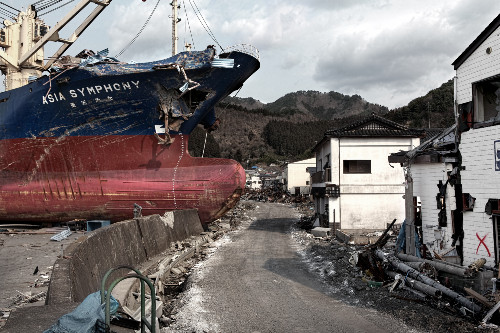Mitigating supply chain disruption with considered inventory management
Businesses that pay attention to their inventory holdings can be better prepared to deal with shocks to the production supply chain. New research evaluates the optimal use of inventory and capacity at different stages of production.
Disruption to supply chains can pose a serious risk to business operations for any manufacturing company but planning for such events may significantly help mitigate the damage caused. New research conducted in collaboration with a leading pharmaceutical company seeks to determine the optimal use of inventory and capacity in responding to the threat of supply chain disruption.
When a pharmaceutical company manufactures and markets a drug, the supply chain consists of multiple stages, with product transformation occurring at each stage. Typically, there are three stages: (1) production of the active pharmaceutical ingredient; (2) production of the finished product, and (3) packaging of the product.
During the production process, the risk of disruption is of primary concern. The complex pharmaceutical production process is vulnerable to disruption risks such as a biological contamination at a production site. Such shocks can result in lengthy production stoppages. When disruption occurs at one stage of production, there can be no input fed into the next stage of production unless provision has been made. Such provision comes in one of two forms. Risk Mitigation Inventory (RMI) and Reserve capacity.
RMI is stored inventory in the form of a stage's output that is used to supply the next downstream phase.
Firms hold reserve capacity for a stage at another reliable manufacturing site. In the event of disruption at the primary site, reserve capacity can be employed to produce output to supply the next downstream site.
The research paper Mitigating product shortage due to disruptions in multi-stage supply chains focuses on evaluating the optimal use of these two forms of disruption risk mitigation.
It assesses the relative benefits of holding both at upstream and downstream stages.
Given that inputs are transformed into higher value outputs at each stage, it is a reasonable assumption that holding RMI at an upstream stage is cheaper than holding it at a downstream stage closer to the customer. However, RMI can only be used to either cover disruptions at the stage it's held, or further upstream. It cannot be used to cover downstream disruption because there is no capacity for transformation at these stages.
Reserve capacity is limited to use only at the stage at which it is held. It serves no purpose if an upstream disruption means no input arrives at the stage.
The pharmaceutical company that collaborated in this research project historically held large quantities of RMI at the active ingredient production stage of the supply chain, where costs were low. Although it would also hold RMI at the finished product stage, its RMI hold was heavily weighted upstream. Reserve capacity was held both up- and downstream, as there is little cost difference in holding it across different stages.
Yet even though RMI is cheaper to hold upstream, this research finds that under reasonable conditions in a serial supply chain it often pays to push more RMI downstream. This is due to its observation that in a serial supply chain, with product transformation at each stage, downstream RMI can help buffer against disruption at all upstream stages.
The research finds that it is often better to hold more reserve capacity downstream too. Again, even it is cheaper to hold reserve capacity upstream, in the long-term holding it downstream is found to be more cost-effective.
The peer-reviewed version of the paper Mitigating product shortage due to disruptions in multi-stage supply chains can be requested at City Research Online. The paper has been published in Production and Operations Management.




